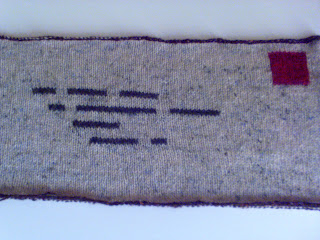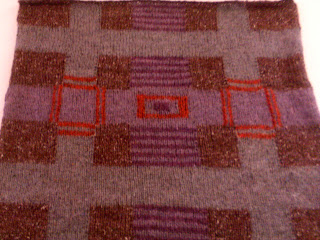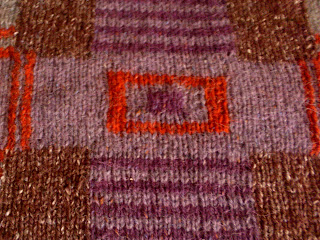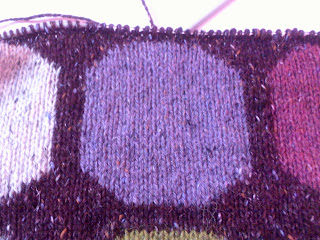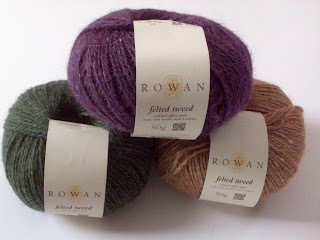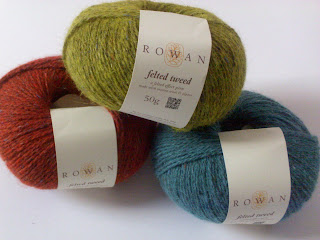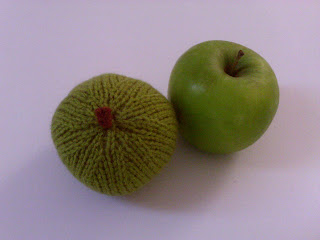I offered to make a cardigan with
a cat on for the 4 year-old niece of a friend of mine. I thought it would be appropriate to use her
cat as inspiration, so I asked for some photos.
This is Cheeky sitting on the draining board.
As you can see this cat has very distinctive facial markings. I hope I can do something similar in yarn. So far I have knitted the front which has very little cat on it.
The cat is on one front and its
tail goes around the neck and the end appears on the other front. My friend had trouble getting the cat to sit
still and some of the more blurred photos show him in almost the correct
position –so that I can see how the white and black appears on his back. The design is loosely based on an old pattern
that I have got with a cat in the pocket of a cardigan, but that only includes
the head, paws and tail of the cat – and looks a bit odd. I have decided to include more of the cat.
I haven’t got much knitting done
over Christmas but I have knitted quite a lot of one of the sleeves because
that was fairly easy to do. I need to be
fresh and alert when I tackle the cat so I probably won’t get on to that until
next week.








